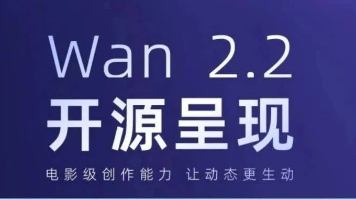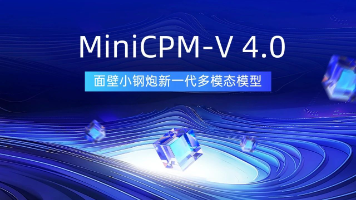|
import os
from skimage import io
import torchvision.datasets.mnist as mnist
import numpy
root = "./mnist/raw/"
train_set = (
mnist.read_image_file(os.path.join(root, 'train-images-idx3-ubyte')),
mnist.read_label_file(os.path.join(root, 'train-labels-idx1-ubyte'))
)
test_set = (
mnist.read_image_file(os.path.join(root,'t10k-images-idx3-ubyte')),
mnist.read_label_file(os.path.join(root,'t10k-labels-idx1-ubyte'))
)
print("train set:", train_set[0].size())
print("test set:", test_set[0].size())
def convert_to_img(train=True):
if(train):
f = open(root + 'train.txt', 'w')
data_path = root + '/train/'
if(not os.path.exists(data_path)):
os.makedirs(data_path)
for i, (img, label) in enumerate(zip(train_set[0], train_set[1])):
img_path = data_path + str(i) + '.jpg'
io.imsave(img_path, img.numpy())
int_label = str(label).replace('tensor(', '')
int_label = int_label.replace(')', '')
f.write(img_path + ' ' + str(int_label) + '\n')
f.close()
else:
f = open(root + 'test.txt', 'w')
data_path = root + '/test/'
if (not os.path.exists(data_path)):
os.makedirs(data_path)
for i, (img, label) in enumerate(zip(test_set[0], test_set[1])):
img_path = data_path + str(i) + '.jpg'
io.imsave(img_path, img.numpy())
int_label = str(label).replace('tensor(', '')
int_label = int_label.replace(')', '')
f.write(img_path + ' ' + str(int_label) + '\n')
f.close()
convert_to_img(True)
convert_to_img(False)
|

 已为社区贡献1条内容
已为社区贡献1条内容








所有评论(0)